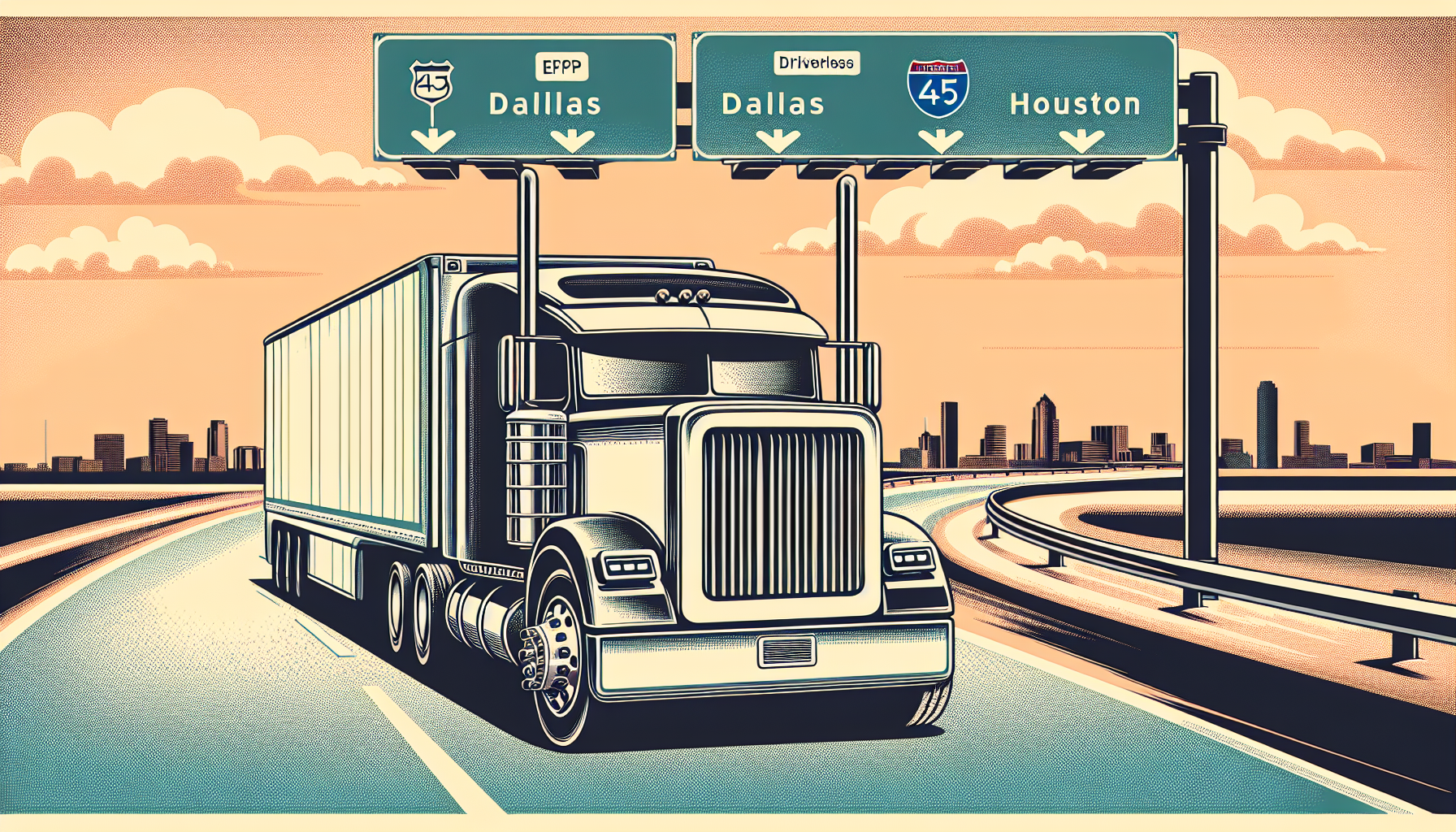Aurora Innovation has reached a turning point in the world of self-driving vehicles. Founded in 2017 and based in Pittsburgh, Aurora has now placed its advanced autonomous driving system, the Aurora Driver, in real long-haul trucking operations. These powerful trucks are running fully driverless across the Interstate 45 corridor between Dallas and Houston, marking a historic first in U.S. commercial trucking.
A Leap Forward: Understanding SAE Level 4
The Aurora Driver is what’s known as an SAE Level 4 autonomous system. Unlike lower levels of automation, this system can drive itself entirely—no human needs to sit behind the wheel or even be inside the truck. However, it works within clearly defined routes and conditions, called the Operational Design Domain (ODD). On these pre-mapped highways, the truck can handle all aspects of driving, including dense traffic, construction zones, changes in lighting, and even moderate rain.
If the truck encounters something it isn’t designed to manage—like extreme weather or unexpected road closures—it doesn’t take risks. The Aurora Driver knows its boundaries and will safely pull over to the side of the road or to a parking area until conditions improve. While Level 5 autonomy would mean a vehicle can go anywhere under any conditions, Level 4 technology is fully autonomous, but within its specific domain. This precision allows for maximum safety and reliability.
Partnerships and Commercial Impact
Aurora is not alone in this journey. The company has built strong connections with key players in technology and automotive manufacturing, including Continental and NVIDIA. These partnerships are focused on scaling up the driverless trucking program, with plans for series production of autonomous trucks by 2027. This collaboration brings together expertise in AI, advanced sensors, and vehicle platforms to perfect the system for widespread adoption.
By bringing self-driving Class 8 trucks—the largest on the road—to commercial runs, Aurora signals a major change for logistics and freight. The move promises increased efficiency and safety while also aiming to reduce the heavy workloads and fatigue that often affect long-haul drivers. This could reshape the backbone of America’s supply chain.
Safety as a Foundation
Aurora anchors its operations in safety. The Aurora Driver is programmed to work only in approved areas, sticking to roads, speeds, and traffic controls that it has been rigorously tested on. If the system encounters a situation outside its limits, Aurora provides a safety net through remote assistance. Specialists monitor the trucks and are ready to help guide the vehicle to a safe state if needed, ensuring no situation is left unchecked.
All procedures and ongoing testing are tracked and described in Aurora’s comprehensive 2025 Driverless Safety Report. The company’s commitment to transparency and continuous improvement extends across states like Texas, Arizona, and New Mexico—building trust as the technology spreads.
Transforming the Future of Freight
The first fully autonomous freight runs between Dallas and Houston show that the technology has moved from science fiction to everyday reality. Electric, self-driving trucks can now reliably handle demanding routes, opening the door to a new era of freight transport. Experts expect this shift will improve safety, drive down costs, and help the environment by optimizing routes and energy use.
As Aurora refines its technology and expands its network, the effects will ripple across the trucking industry. Reliable, driverless transport will not just change how goods move, but also how companies think about logistics, labor, and technology.
The deployment of the Aurora Driver is more than a milestone; it marks the beginning of a future where autonomous vehicles serve alongside people, making transportation safer, more efficient, and more responsive to our world’s needs.

Leave a Reply